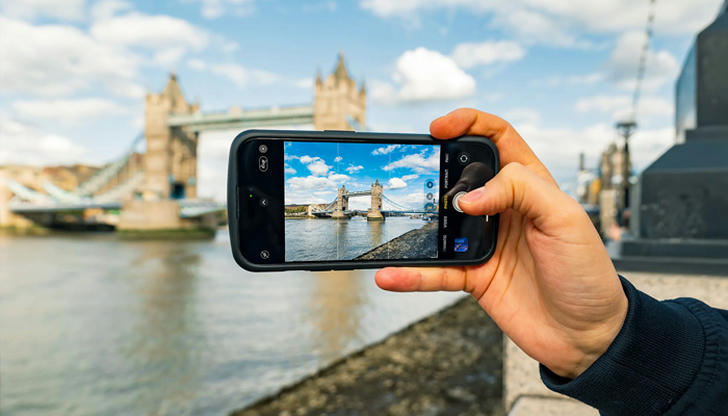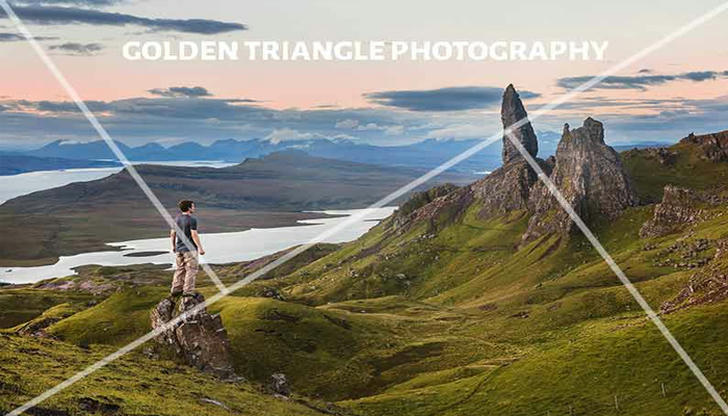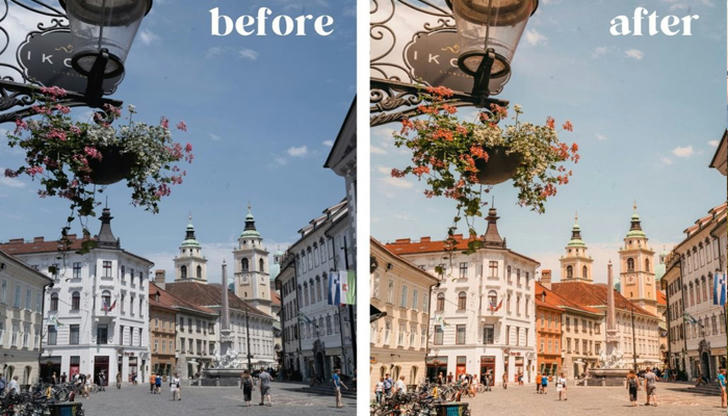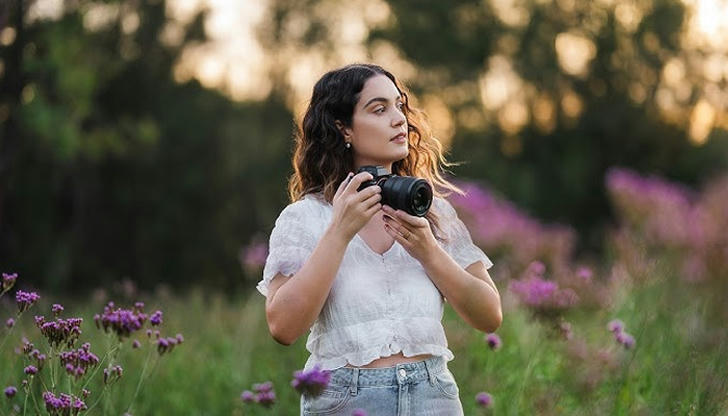Photography on the Go: Capturing Stunning Travel Moments with Your Phone

In the digital age, capturing stunning photos while traveling has become easier than ever. With the advancement of smartphone cameras, travelers no longer need bulky DSLR equipment to document their journeys. Whether you're exploring a bustling city or hiking in nature, your smartphone is a powerful tool that can help you create beautiful travel memories. In this article, we’ll explore how you can make the most of your phone’s camera to capture breathtaking travel moments.
I. Understanding Your Phone’s Camera Features
Before you start snapping pictures, it’s essential to understand your phone’s camera features. Modern smartphones come equipped with various settings and tools that can enhance your photography. Let’s dive into the key features you should be familiar with:
Megapixels and Aperture: While megapixels play a role in the overall quality of your photos, the aperture size (f-stop) is even more critical. A smaller f-stop (e.g., f/1.8) allows more light to enter the camera, helping you capture clearer images in low-light situations.
Focus Modes: Most smartphones offer multiple focus modes like autofocus, manual focus, and macro mode for close-up shots. Experiment with these settings to ensure sharp focus in every shot.
HDR Mode: High Dynamic Range (HDR) mode helps balance the exposure in challenging lighting situations, such as capturing details in both bright skies and dark shadows.
Pro Mode (Manual Control): If you want more creative control over your photos, explore the Pro or Manual mode available on many smartphones. This allows you to adjust settings like ISO, shutter speed, and white balance, which can give you more flexibility and enhance the final image.
By familiarizing yourself with these features, you can make your phone’s camera work harder for you and take photos that are not only better but also more creative.
II. Composition Tips for Stunning Travel Photography
While phone cameras have come a long way in terms of technology, the real magic lies in how you compose your shots. Here are some essential composition techniques that can take your travel photos to the next level:

Rule of Thirds: The rule of thirds divides your frame into nine equal parts. By placing your subject along these lines or at the intersections, you can create balanced and visually appealing compositions. For example, position the horizon along the top or bottom third of the image.
Framing: Frame your subject with elements found in your surroundings, such as trees, windows, or doorways. This adds depth to your photo and directs the viewer’s focus to the subject.
Leading Lines: Use natural lines like roads, rivers, or buildings to guide the viewer’s eyes through the image. Leading lines add depth and perspective, drawing the viewer’s attention to the focal point.
Symmetry and Patterns: Search for symmetrical or repetitive patterns in your environment, whether it's architecture, nature, or street art. These elements create harmony and make your photos visually satisfying.
Experiment with Angles: Don’t be afraid to get creative with your angles. Shoot from a higher viewpoint to capture landscapes or go low to add drama to architectural shots. Exploring different perspectives can reveal new ways to capture familiar scenes.
III. Lighting: The Key to Great Photos
One of the most critical elements in photography is lighting. While your phone camera can handle various lighting conditions, knowing how to work with light will significantly enhance your travel photos.
Natural Light: The best natural light for photography is soft and diffused, like during the early morning or late afternoon. This is known as the "golden hour," where the light is warmer and creates long, soft shadows. Aim to take photos during these times for a more dramatic and visually appealing effect.
Managing Harsh Light: If you’re photographing in bright midday sunlight, you may face challenges such as overexposed skies or harsh shadows. To mitigate this, try shooting in shaded areas, using reflections, or adjusting your exposure settings to balance the light.
Night Photography: While smartphones have improved their performance in low-light conditions, you can still use a few tricks for night photography. Stabilize your phone on a surface or use a tripod to prevent blurriness. Additionally, some phones come with night mode, which automatically adjusts settings to enhance low-light shots.
IV. Editing Your Travel Photos

Once you’ve taken your photos, the next step is editing. Post-processing can help you enhance your images and give them a polished look. Here are some simple editing tips:
Cropping: Crop out distractions or improve the composition by adjusting the framing. You can also straighten tilted horizons or make minor adjustments to the aspect ratio.
Adjusting Brightness and Contrast: Brightness and contrast adjustments can help correct overexposed or underexposed photos. A slight contrast boost can also make the colors in your photos pop.
Saturation and Vibrancy: While it’s tempting to crank up the saturation, a subtle increase in vibrancy can bring out the natural colors in your photos without making them look overdone.
Popular Editing Apps: There are several free and paid editing apps available for smartphones. Some of the best ones include Snapseed, VSCO, and Lightroom Mobile. These apps allow you to make advanced edits, such as selective adjustments, filters, and even lens corrections.
V. Capturing Candid Moments and People
One of the joys of travel photography is documenting authentic, candid moments. Here’s how you can capture people and moments without making them feel posed:
Blend In: When photographing people in a foreign setting, try to blend in and observe rather than disrupt the moment. This allows you to capture genuine expressions and interactions without drawing attention.
Respectful Approach: Always ask for permission if you’re photographing people up close, especially in cultures that may view photography as intrusive. A simple gesture of respect can help you take natural, authentic portraits.
Busy Environments: Capturing candid moments in crowded places can be challenging. To avoid distractions, focus on close-ups or isolate your subject from the background by adjusting your aperture or using portrait mode.

VI. Storage and Backup: Keeping Your Photos Safe
With all the beautiful photos you capture, it's essential to keep them safe and organized. Here are some tips for managing your travel photos:
Cloud Storage: Services like Google Photos, iCloud, or Dropbox are excellent for backing up your photos automatically. This ensures you don’t lose any images due to accidental deletion or phone malfunctions.
Organizing Your Photos: Sort your photos into albums based on destinations or themes, so you can easily locate them later. Some apps also offer built-in tagging and categorization features to streamline this process.
Freeing Up Space: If you’re running out of storage on your phone, consider deleting unnecessary files or transferring older photos to a cloud service. This will ensure you have ample space for new shots during your travels.
VII. Conclusion
Smartphones have made travel photography accessible to everyone. With just a few simple tips and tricks, you can capture stunning travel moments that will last a lifetime. Whether you’re taking a picture of a sunset, snapping candid shots of locals, or experimenting with new angles, your phone is an invaluable tool for preserving your travel memories. So, embrace the convenience and creativity that comes with photography on the go, and start capturing your world like a pro!
By understanding your camera features, applying composition techniques, experimenting with lighting, editing your images, and organizing your shots, you’ll elevate your travel photography to new heights. Happy snapping!
